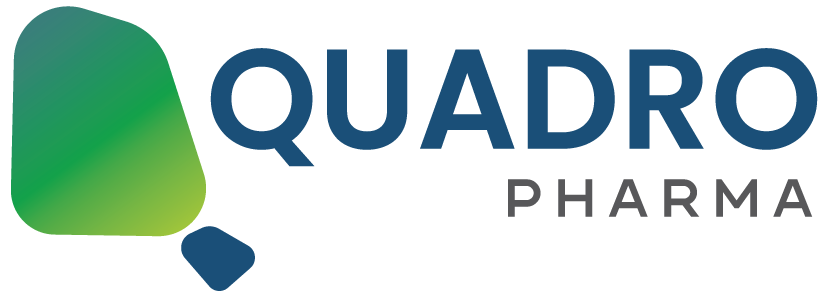Global pharmaceutical sales from 2020 to 2023 varied significantly by region, reflecting diverse market dynamics, regulatory landscapes, and healthcare needs across different parts of the world.
North America: North America, primarily comprising the United States and Canada, represents the largest pharmaceutical market globally. In 2020, pharmaceutical sales in North America were robust, driven by high healthcare spending, a large population with access to healthcare, and a strong emphasis on innovative medicines. The COVID-19 pandemic influenced sales dynamics, with increased demand for vaccines, antivirals, and other treatments. Despite economic pressures and healthcare reforms aimed at cost containment, pharmaceutical sales in North America remained resilient.
In subsequent years, from 2021 to 2023, pharmaceutical sales in North America continued to grow, albeit at a slower pace compared to the pandemic peak. Factors such as patent expirations of blockbuster drugs, generic competition, and pricing pressures from payers and government agencies impacted market dynamics. However, ongoing innovation in biopharmaceuticals, particularly in areas such as oncology, immunology, and rare diseases, sustained market growth.
Europe: Europe is another significant pharmaceutical market characterized by diverse regulatory environments and varying healthcare systems across its member states. In 2020, pharmaceutical sales in Europe faced challenges similar to those in North America due to the pandemic, including supply chain disruptions and shifts in healthcare priorities. However, strong government support for healthcare and pharmaceutical innovation bolstered market resilience.
From 2021 to 2023, European pharmaceutical sales recovered gradually as vaccination efforts gained momentum and healthcare systems adapted to post-pandemic realities. Market growth was supported by investments in research and development, particularly in biologics and personalized medicine. Generic competition and pricing pressures remained persistent, prompting pharmaceutical companies to focus on value-based pricing strategies and market access initiatives.
Asia-Pacific: The Asia-Pacific region emerged as a dynamic and rapidly growing pharmaceutical market during the period from 2020 to 2023. Countries such as China, Japan, and India contributed significantly to global pharmaceutical sales growth. In 2020, the region faced initial challenges from the pandemic, including disruptions in manufacturing and supply chains. However, swift containment measures and robust healthcare infrastructure in some countries enabled a quicker recovery compared to other regions.
Throughout 2021 to 2023, pharmaceutical sales in Asia-Pacific expanded rapidly, driven by rising healthcare expenditures, increasing prevalence of chronic diseases, and expanding access to healthcare services. Governments across the region implemented reforms to strengthen regulatory frameworks, accelerate drug approvals, and promote innovation in biotechnology and healthcare technologies. Market dynamics varied across countries, with China continuing to lead in pharmaceutical consumption and innovation investments.
Latin America: Latin America experienced mixed pharmaceutical sales performance from 2020 to 2023, influenced by economic challenges, political instability, and varying healthcare access across countries. In 2020, the region faced significant disruptions from the pandemic, impacting both demand and supply of pharmaceutical products. Governments implemented emergency measures to mitigate healthcare impacts and support pharmaceutical supply chains.
From 2021 onwards, pharmaceutical sales in Latin America gradually recovered, supported by improving economic conditions and healthcare reforms aimed at expanding access to essential medicines. However, market growth remained tempered by regulatory complexities, pricing pressures, and healthcare inequalities. Pharmaceutical companies focused on adapting their strategies to local market dynamics, including partnerships with local distributors and investments in disease management programs.
Middle East and Africa: The Middle East and Africa region represented a growing frontier for pharmaceutical sales from 2020 to 2023, driven by increasing healthcare investments, population growth, and rising prevalence of chronic diseases. In 2020, the region faced challenges from the pandemic, compounded by existing healthcare infrastructure limitations and economic pressures. Governments prioritized strengthening healthcare systems and enhancing pharmaceutical supply chains to meet growing demand.
In subsequent years, pharmaceutical sales in the Middle East and Africa showed resilience and growth potential, supported by investments in healthcare infrastructure, regulatory reforms, and partnerships with international pharmaceutical companies. Market dynamics varied across countries, with some nations focusing on expanding access to essential medicines and improving healthcare delivery, while others prioritized pharmaceutical manufacturing capabilities and regional market integration.
Global Trends and Outlook: Overall, global pharmaceutical sales from 2020 to 2023 reflected a dynamic landscape shaped by the COVID-19 pandemic, regulatory changes, and evolving healthcare needs worldwide. While the pandemic initially disrupted pharmaceutical markets, accelerated vaccine development and ongoing innovation in therapeutics underscored the industry’s resilience and adaptability. Looking ahead, pharmaceutical companies are expected to navigate continued challenges, including patent expirations, generic competition, and regulatory scrutiny, while seizing opportunities in biopharmaceuticals, digital health solutions, and personalized medicine. In conclusion, regional differences in pharmaceutical sales from 2020 to 2023 highlight diverse market dynamics and healthcare landscapes worldwide. Despite challenges posed by the pandemic and regulatory pressures, the pharmaceutical industry demonstrated resilience and innovation, driving forward advancements in healthcare delivery and patient outcomes globally.
Conclusion
In conclusion, regional differences in pharmaceutical sales from 2020 to 2023 highlight diverse market dynamics and healthcare landscapes worldwide. Despite challenges posed by the pandemic and regulatory pressures, the pharmaceutical industry demonstrated resilience and innovation, driving forward advancements in healthcare delivery and patient outcomes globally.



